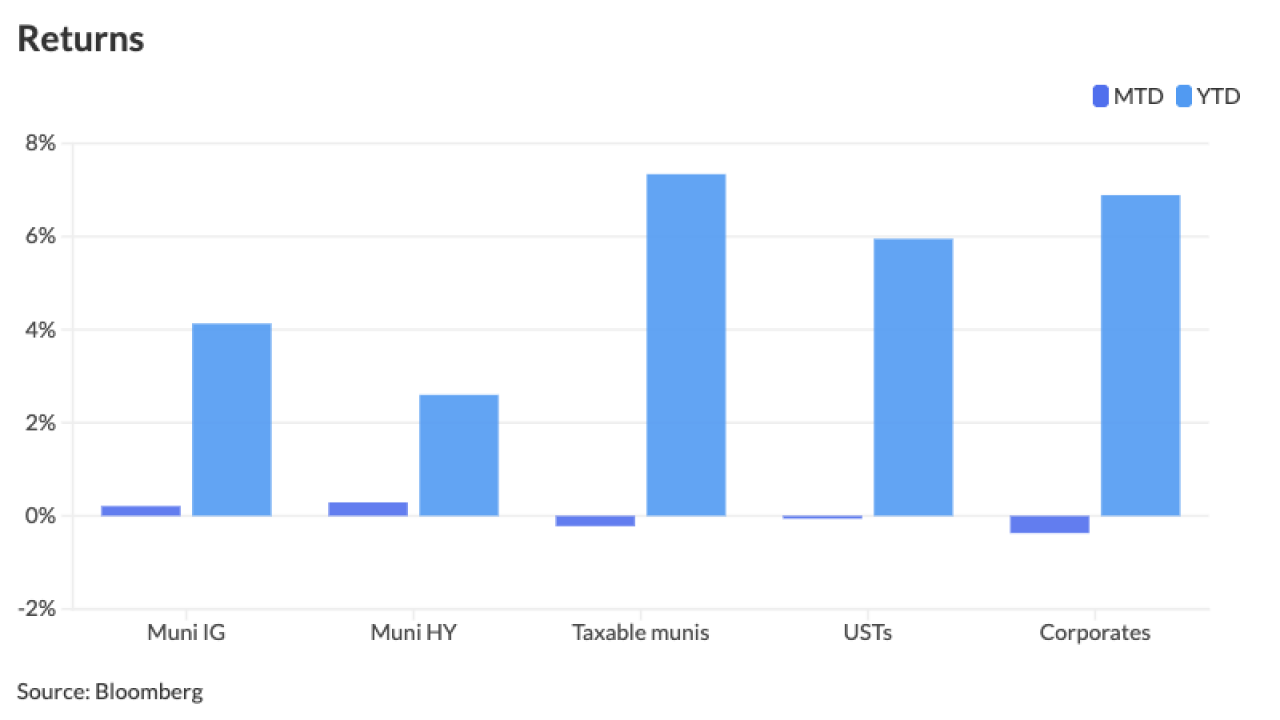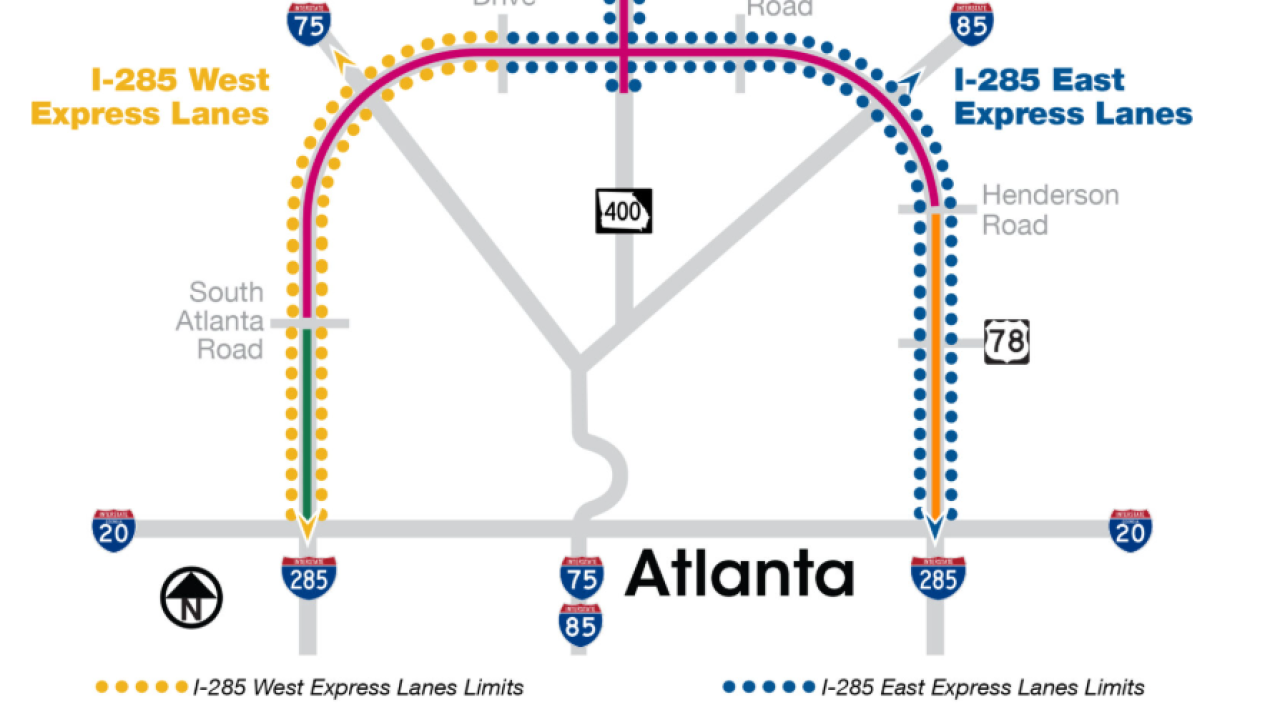
SACRAMENTO - Is Vallejo, Calif., broke or just unwilling to pay its bills?
That's the first question Judge Michael McManus will have to answer in the San Francisco Bay Area city's bankruptcy case. Lawyers representing the city and its employee unions made opening statements Wednesday in the U.S. District Bankruptcy Court for the Eastern District of California in Sacramento.
"We don't have an insolvency problem here - we have an accountability problem," said union lawyer Dean Gloster of Farella Braun + Martel in San Francisco. Employees say Vallejo could balance its books if it was willing to cut costs, raise revenues, and tap $136 million of available reserves.
The city of 117,000 filed Chapter 9 bankruptcy on May 23, becoming the biggest municipal creditor to seek protection from creditors since Orange County, Calif., in 1994. Bankruptcy lawyers, bondholders, and government finance officers across the country are watching the case to see if the city will be able to escape collective bargaining agreements that Vallejo officials have said are breaking the city.
Vallejo had about $53 million of outstanding variable-rate bonds backed by its general fund when it declared bankruptcy. The vast majority of the bonds have been tendered to Union Bank of California, the city's letter of credit provider, and the city is refusing to pay the 9% penalty rate it owes the bank on the debt.
The city owes much more to firefighters, police officers, and other city workers. Labor costs account for about three-quarters of annual general fund expenditures of roughly $80 million, and the city owed workers raises of up to 14% on July 1.
Vallejo finance officials say the city would have run out of money in the first two weeks of the fiscal year that started July 1 if it hadn't declared bankruptcy and broken contracts with workers and bondholders. Before the bankruptcy, it projected exhaustion of its reserves before the end of the last fiscal year, negative cash flows each month of this year, and a cumulative deficit of $16.6 million for the year.
With the bankruptcy court's protection, Vallejo has unilaterally imposed a pendency plan on creditors that holds salaries constant and reneges on promised raises. It caps debt service at a 6% interest rate, identifies $1.4 million in new revenues, cuts all funding for quality of life programs and community-based organizations, and reduces spending on infrastructure and equipment.
"There would be no alternative to bankruptcy other than chaos," city bankruptcy attorney Marc Levinson of Orrick, Herrington & Sutcliffe LLP said in his opening statement.
The pendency plan is a short-term plan that allows the city to continue to operate during the court proceedings. It will have to negotiate a longer-term plan to adjust its debts with the court and its creditors if the judge allows the case to continue. Vallejo will still be liable to creditors for damages due to money they lost under the pendency plan, though the case's final disposition may include haircuts for the injured creditors.
Any such discussion is still a long way off. For now, lawyers for the city and its unions are fighting each other on almost every point. The first question before the court is whether the city is eligible for bankruptcy protection.
Lawyers on both sides agree on the rough outlines of the standard the city faces in the bankruptcy filing, though they disagree on some of the details. To be eligible for bankruptcy, Vallejo must prove that it cannot pay its debts as they come due, that it tried to negotiate a solution outside of bankruptcy, and that it wants to implement a plan to adjust its debts.
While outside lawyers and bankruptcy experts say this isn't a very high standard, Bridgeport, Conn., was tossed out of bankruptcy in 1991 when a federal judge found it was actually solvent.
The unions argue that Vallejo could pay its debts if it would accept $10.6 million in labor concessions workers have offered, spend some of the $136 million it holds outside of the general fund, and take other actions to reduce costs and raise revenue.
The union is basing its case in large part on an analysis by an outside budget analyst it hired - Roger Mialocq of Harvey M. Rose Associates, which serves as the independent budget analyst for the San Francisco Board of Superintendents and other local governments across California.
He said Vallejo could balance its budget by reducing bloated expense assumptions, implementing "modest and prudent spending reductions" of almost $10 million, and by taking advantage of $3.1 million in revenue increases the city had identified for the current fiscal year and $10 million to $20 million of ongoing revenue increases.
In its responses to union filings, the city has contested each of the budget savings and revenue estimates made by Mialocq in the Rose Report, saying they were either already implemented or impossible, and that the report misconstrued the city's budget position.
"The Rose Report lacks credibility and is riddled with fundamental analytical defects," the city argued.
Vallejo's lawyers point out that the city had budget deficits of at least $3 million a year for the three years prior to the bankruptcy filing, that it was out of reserves at the end of last year, and that Mialocq's revenue recommendations ignore the amount of time and political difficulty involved in raising municipal revenues under California law. They add that the city's revenues have been hurt by the housing market meltdown, the closing of the city's Wal-Mart store, and the end of a revenue sharing agreement with its Six Flags amusement park.
The city's lawyers said in filings that Mialocq's analysis is biased. He said in depositions that he took the assignment because he was worried about the impact of a municipality bankruptcy on other local governments around the state, particularly Santa Clara County, a client that was struggling with surging rates on its variable-rate debt. The city also argues that Mialocq should not be considered an expert on government finance because he is not certified public accountant.
"The unions simply refuse to accept the reality of the city's financial situation," Levinson said in court filings last week. "The evidence proves that the city is, in fact, insolvent, and that it did not manufacture bankruptcy in order to destroy the unions' collective bargaining agreements."
Lawyers for Union Bank of California, MBIA Insurance Corp., and other municipal market creditors are staying mostly silent in the case so far. The unions did provoke a reaction from lawyers for Wells Fargo & Co. - the trustees on some of the city's enterprise fund debt - when they suggested that the city transfer funds from its water and development agencies to help balance its budget.
Vallejo had about $136 million in enterprise, internal service, and debt service reserve funds before the bankruptcy. The city says those funds are legally independent of the general fund, and it has refused to borrow from them or include them in its pendency plan.
Wells Fargo lawyers filed a brief supporting that contention last week.
"There are no circumstances under which the city - in or out of Chapter 9 - can freely access these funds," said Wells Fargo lawyer Mike Buckley of Reed Smith LLP in Oakland. "The funds are irrevocably dedicated to the protection of the bondholders ... Wells Fargo wishes to make it perfectly clear that it would not be proper for the city to utilize the special funds to solve its financial problems."
Judge McManus had scheduled three days this week to take testimony and hear arguments from the city and its creditors on the competing claims over Vallejo's solvency. He has scheduled three more days of hearings next month.
If he rules on the city's eligibility for bankruptcy by then, he can use the dates to hear the next rounds of arguments. The city plans to fight the union's request to represent retired city workers during the bankruptcy, while the unions have vowed to fight Vallejo's request to set aside its collective bargaining agreements.





